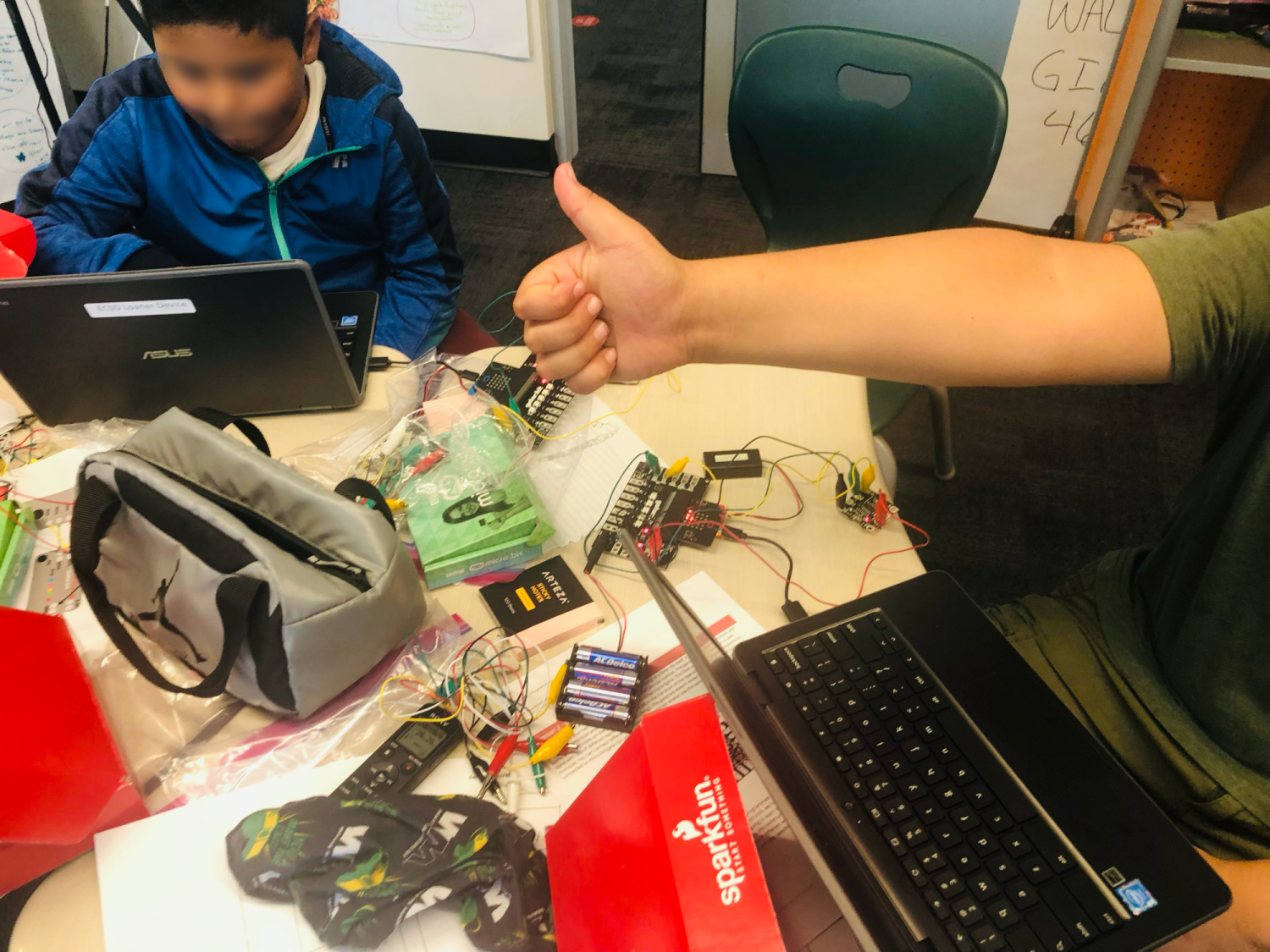Co-designing the Future of AI in Ed: Strand 3

The work of our Strand 3 research thrust—which focuses on empowering diverse stakeholders to envision and co-design AI learning technologies—is integral to meeting our central challenge of promoting deep conceptual learning via rich socio-collaborative learning experiences for all students.
To help meet this challenge, our Strand 3 researchers completed the first Learning Futures Workshops this quarter. This workshop focused on engaging nearly 30 high school-aged youth from California and Colorado in reconceptualizing school-based collaboration and designing our AI Partner based on these ideas. The work with these young people is crucial to our understanding of what students want and need our AI Partner to be able to do in the classroom, and—just as important—what they don’t want it to do.
Strand 3 is also co-designing, implementing, and studying innovative middle and high school STEM curriculum supporting AI education, working in close partnership with administrators, educators, and students from Denver Public Schools (DPS) and St. Vrain Valley School District (SVVSD). To this end, the team developed a storyline for a middle school unit that will focus on AI in gaming. A storyline is an outline for a unit that specifies a flow of lessons that build on one another to solve a problem or explain a phenomenon. A possible unit focus was selected through an interest survey given to students, and would engage students in developing understanding of how computers learn in the context of exploring whether games students enjoy like, Grand Theft Auto, can be racist. The team recruited teachers for summer workshops and attended professional learning opportunities; then they developed and offered a course on storylining to build capacity for co-design with our K–12 participants and internal iSAT researchers. It is expected that many of the teachers participating in summer co-design workshops will also pilot test the resulting units next year.
This quarter, the Sensor Immersion working group revised the Sensor Immersion unit to include more opportunities for productive and authentic student collaboration with the aim of expanding and strengthening the unit to provide an excellent testbed for future AI partners. In this revised unit, students discuss norms and roles for group work, then develop expertise in wiring and programming one sensor. At the end of the unit, students are placed in new groups with one expert for each sensor where they build a multi-sensor display to help them investigate personally meaningful and/or community relevant scientific phenomena and issues.
iSAT Strand 3 researchers, Jeff Bush and Quentin Biddy, walk Denver Public School teachers through our Sensor Immersion curriculum.
A significant component of Strand 3’s work this summer was designing and offering professional learning workshops for teachers from participating districts that will be implementing the Sensor Immersion unit this fall. Six SVVSD teachers joined us for three days of Sensor Immersion training where they learned about the SI curriculum, built their own data displays, and engaged in discussions about pedagogy and curricular adaptation. The group has mixed prior experience with programming and sensor hardware, which we anticipate will further strengthen the generalizability of our curriculum. We also added seven new teachers to our DPS cohort which now totals 13! In early August, the DPS new teachers went through a similar training to the SVVSD teachers and then were joined by returning teachers to learn about updates to the Sensor Immersion curriculum, discuss pedagogy, and do rehearsal and role play to get ready for teaching Sensor Immersion.
In July, middle school students in Eagle County used the Sensor Immersion curriculum during the STEM week of a free summer camp for local kids put on through a collaboration between the Vail Valley Foundation, University Corporation for Atmospheric Research (UCAR), and the University of Colorado Boulder (CU Boulder). While students engaged with the Sensor Immersion curriculum, iSAT researchers collected audio data of students collaborating in a classroom setting. This data is being used to test speech recognition tools and compare recording setups in preparation for data collection this fall.
An Eagle County student signals their approval of our Sensor Immersion curriculum during STEM week.
All in all, we worked with over 200 teachers, students, parents, and other stakeholder over the course of 28 days!

